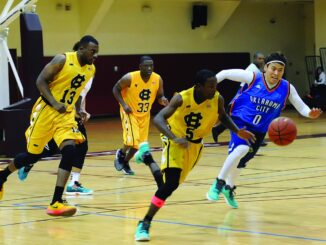
Yesterday, on October 21, 2018, QB Kirk Cousins and the Minnesota Viking played the New York Jets. The Vikings took the Jets in a 37-17 victory to take the number one spot in the highly contentious NFC North. This game was of particular significance to Cousins as the NY Jets heavily courted Cousins in the off-season although the QB ultimately decided to take a lesser amount to play for the Vikings. Both teams obviously see Cousin’s talent, although the Vikings were the ones benefitting from it yesterday as Cousins completed 25 of 40 passes for 241 yards and two touchdowns.
When Cousins signed with the Vikings he became the highest paid player in NFL history. Although fellow NFC-North QB, Aaron Rodgers, since has negotiated a higher contract with the Green Bay Packers, it is Cousins and the Vikings who currently lead the division. But Cousins was not always been the darling of the NFC South. The Illinois native had rocky beginnings in the NFL after being drafted in the fourth round in 2012 to the Washington Redskins. The Redskins famously used Cousins in a QB by committee situation with RGIII. Analyst agree that Cousin’s did not become asset at QB until the 2015 season.
So what changed? How did Cousins make the move to becoming a leading passer in the NFL? Well nothing in Cousin’s attitude towards hard-word and training changed. He has always dedicated his life towards his profession and is considered one of the hardest working QB’s in the league. But during the 2015 off-season, Cousin’s began to dedicate more time to his brain training.

Back when Cousins was an undergrad at Michigan State, specifically during his senior year, Cousin’s started working with Neurocore, a Michigan-Based company that operates Brain Performance Centers. But in 2015, Cousin’s decided to devote more time to his mental training with the help of Neurocore Founder, Tim Royer. Using the same technology that measures brain damage and strokes, Neurocore is able to measure brain waves of athletes and train them to optimize their focus. The Neurocore Process for Athletes also includes Heart-Rate Variability training to incorporate quality breathing into performance.
When Cousins upped his brain training with Neurocore, clinicians discovered Cousins’ brain was overworking itself and running on adrenaline too often. The heart-rate variability testing showed his cardiovascular system and respiratory system were running on over-drive. Such an adrenaline surge is hardly ideal for game-time situations and was preventing Cousin’s peak performance. So, Royer and Neurocore Pro created a training system tailored specifically to help Cousins regulate his mind.
The system featured home-based gear so the QB can train on his own. Cousins adorns his EEG cap which hooks up to his computer and will display his brain speed. Then the QB puts on a movie of his choosing which only play’s when Cousins brainwaves are right where they should be. Through this reward system (getting to watch his movie) Cousins is able to watch more and more of the movie as the sessions continue.
When Cousin’s started the training, he was only able to get through 20 seconds of film during a 1-minute period. He can now watch up to 40 seconds of his movie in 1 minute. And this improved focus is translating to W’s on the field. In the three seasons prior to the 2015, Cousins threw for a total of 18 touchdowns. During the three year’s after Cousin’s ramped up his brain training efforts, he threw for a total of 81 touchdowns. Less than half way through the 2018 season, Cousins has thrown for 14 touchdowns and maintains a 101.6 passer rating. Neurocore wishes Cousins continued success with the Vikings this year!
Follow Neurocore on Twitter










Leave a Reply
Be the First to Comment!
You must be logged in to post a comment.
You must be logged in to post a comment.